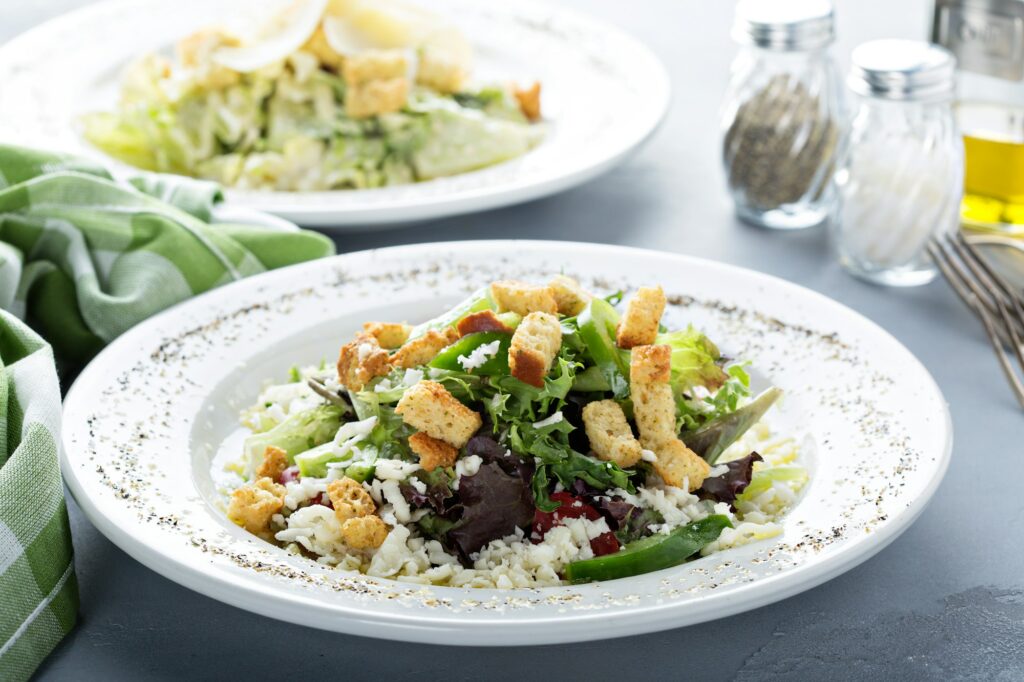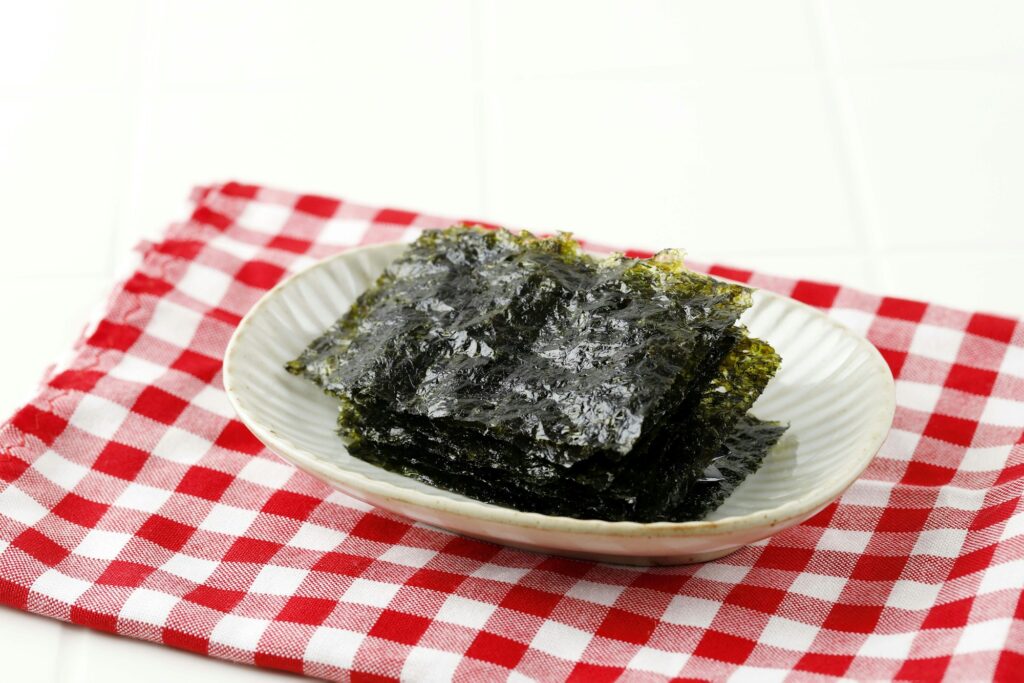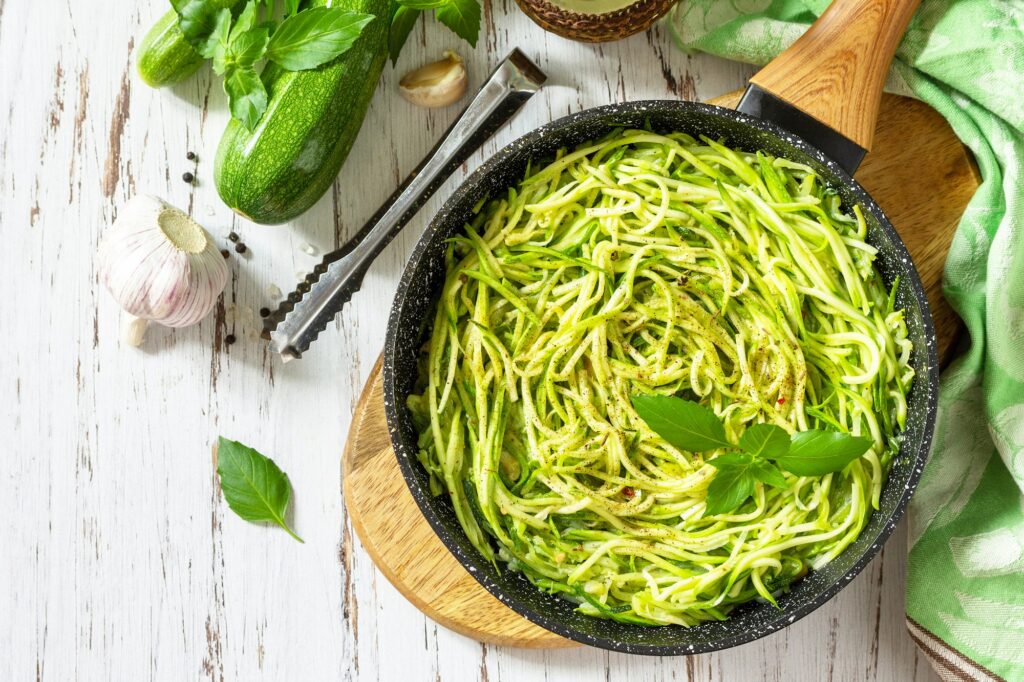Embarking on a culinary quest to sidestep the traditional realms of bread and pasta can feel like setting sail into uncharted waters. It’s a journey driven by the desire to navigate around the carb-laden staples that have anchored our diets for so long. Whether propelled by the winds of dietary restrictions, the currents of health-conscious choices, or simply the thrill of culinary exploration, discovering what lies as alternatives to bread and pasta is an adventure worth undertaking.
In this era of food enlightenment, where every bite and sip is scrutinized for its nutritional content and impact on our well-being, the quest for alternatives to bread and pasta has transcended mere trendiness. It has become a beacon for those seeking to redefine their eating habits without sacrificing the joy of eating. This article is your compass, guiding you through a sea of options that promise not just safety from gluten and excess carbs but also a treasure trove of flavors and textures previously unimagined.
Why set sail on this voyage? For many, it’s the allure of managing celiac disease, reducing carbohydrate intake, or dodging the gluten bullet that steers the ship. For others, it’s the pursuit of a diet richer in nutrients and lower in empty calories that charts the course. Whatever your reasons, the horizon is promising, with a bounty of alternatives that offer satisfaction without compromise.
Join us as we embark on this culinary expedition, exploring islands of lettuce wraps, continents of legume-based pastas, and the occasional port of exotic grains. This journey is about more than just finding substitutes; it’s about discovering a new world of eating that is as nourishing as it is delightful. Welcome aboard the voyage to a healthier, tastier, and more adventurous way of eating.
Reevaluating the Role of Traditional Bread and Pasta in Modern Diets
The journey towards a healthier lifestyle often begins with a critical look at our dietary staples, particularly bread and pasta. These traditional favorites, while comforting and convenient, come with their set of drawbacks, especially when derived from refined flours. Their high carbohydrate content and the presence of gluten can be detrimental to our health, prompting a growing number of individuals to seek out nutritious alternatives.
The Nutritional Reasons to Look for Alternatives to Bread and Pasta
High in Carbohydrates:
Both bread and pasta, staples in many diets, are laden with carbohydrates. This can lead to:
- Elevated blood sugar levels, impacting overall health and energy stability.
- Increased risk of weight gain, as excess carbs are stored as fat.
Gluten Concerns:
The gluten in wheat, barley, and rye poses problems for many:
- For those with celiac disease, gluten triggers harmful immune responses.
- Individuals with gluten sensitivity experience discomfort and digestive issues.
Nutritional Deficiencies:
The refining process strips grains of their inherent goodness:
- White bread and pasta offer empty calories, contributing little to our nutritional needs.
- They lack essential vitamins, minerals, and dietary fiber, crucial for a balanced diet.
Embracing Nutrient-Rich Alternatives to Bread and Pasta
The shift away from these traditional foods isn’t just about eliminating negatives but also about embracing a diet richer in nutrients. By incorporating alternatives, we can significantly enhance our dietary landscape:
- Diverse Nutrition: Alternatives to bread and pasta, especially those made from whole grains, legumes, and vegetables, offer a spectrum of nutrients including dietary fiber, vitamins, and minerals.
- Balanced Blood Sugar: Low-carb and gluten-free options can help maintain stable blood sugar levels, contributing to sustained energy and overall well-being.
- Culinary Exploration: Exploring substitutes opens up new culinary possibilities, encouraging creativity in the kitchen and diversity on the plate.
Incorporating these alternatives into our diets allows us to enjoy a wider range of nutrients and flavors, making every meal not just a moment of nourishment but also an opportunity for discovery. As we continue to seek out healthier eating habits, the exploration of substitutes for bread and pasta stands as a testament to our evolving understanding of what it means to eat well.
Healthier Alternatives to Bread and Pasta
Transitioning away from traditional bread doesn’t mean sacrificing the joy of biting into a delicious sandwich, burger, or wrap. Here’s a deeper dive into these wholesome substitutes, each bringing its unique nutritional profile and culinary potential to the forefront:
- Lettuce and Leafy Greens: Embrace the crunch and freshness of lettuce wraps or the nutrient-packed goodness of kale and Swiss chard. These greens are not just low in calories but are also rich in vitamins A, C, K, and essential minerals, making them perfect for guilt-free wraps and sandwiches.
- Avocado: The creamy and versatile avocado stands out as a heart-healthy substitute for traditional bread. Loaded with monounsaturated fats, fiber, and potassium, avocados can be sliced for sandwich layers or mashed as a spread for toast-like dishes, contributing to cardiovascular health and overall well-being.
- Seaweed Sheets: Dive into the ocean’s bounty with seaweed sheets, a novel, low-carb wrap option. Packed with iodine, vitamins, and minerals, seaweed adds an intriguing flavor and a boost of nutrition to your meals, perfect for sushi-inspired wraps or as a salty snack alternative.
- Portobello Mushrooms: Portobello mushrooms offer a meaty texture and a deep umami flavor, making them an excellent gluten-free alternative for burger buns. Rich in protein, fiber, and B vitamins, they contribute to a satisfying meal experience without the gluten.
- Rice Paper: Light and adaptable, rice paper opens up a world of culinary creativity. Ideal for making spring rolls, it allows for an endless combination of fillings, from vibrant vegetables to lean proteins, wrapped in a translucent, delicate casing.
Whether you’re crafting a quick lunch or a gourmet meal, these substitutes ensure that your dishes remain both healthful and indulgent.
Creative Substitutes for Pasta
Reimagining the essence of pasta dishes within a diet conscious of carbohydrates and gluten can transform not just how we eat, but how we enjoy the textures and flavors we’ve come to love. For those navigating dietary restrictions or simply seeking a healthier lifestyle, a world of inventive and fulfilling pasta alternatives awaits discovery. These substitutes not only mirror the comforting experience of traditional pasta but also enrich our meals with an array of nutritional benefits.
Creative and Nutritious Pasta Alternatives
Zucchini Noodles (Zoodles):
Spiralized zucchini noodles, affectionately known as “zoodles,” stand as a beloved low-carb alternative to classic spaghetti. Armed with a spiralizer, one can transform this versatile vegetable into noodles that are both tender and robust enough to cradle your cherished pasta sauces, from a hearty Bolognese to a delicate Alfredo.
Spaghetti Squash:
The magic of spaghetti squash lies in its ability to be roasted and then effortlessly shredded into strands that bear a striking resemblance to traditional pasta. This vegetable offers a nutrient-packed foundation for an assortment of culinary creations, making it a prime choice for those seeking to infuse their dishes with a boost of vitamins and minerals.
Shirataki Noodles:
Derived from the konjac plant, shirataki noodles present a nearly calorie-free option that seamlessly integrates into any noodle-based dish. Their unique composition makes them an exceptional ally in the quest for weight management and carb reduction, all while satisfying the noodle craving.
Legume-based Pasta:
Embracing the richness of legumes, pasta alternatives crafted from chickpeas, lentils, or black beans deliver not just a gluten-free pasta experience but also a significant source of protein and fiber. These legume-based pastas stand out for their ability to offer a satisfying, nutrient-dense meal that supports a balanced diet.
Embracing a World of Alternatives
Incorporating these innovative pasta alternatives into your culinary repertoire allows you to revel in the joy of pasta dishes without the traditional constraints of high carbohydrates and gluten. Each alternative brings its unique texture, flavor, and nutritional profile to the table, offering a delightful way to diversify your diet while adhering to dietary preferences or restrictions. Whether you’re crafting a zoodle primavera bursting with fresh vegetables or a cozy bowl of legume-based pasta smothered in your favorite sauce, the possibilities are endless and endlessly delicious.
Embrace the adventure of exploring these pasta substitutes, and discover a new landscape of tastes and textures that align with a healthful, joyful approach to eating.
pting for alternatives to traditional bread and pasta opens the door to a world where meals are not only diverse and flavorful but also packed with the nutrients your body craves. This shift towards incorporating substitutes like lettuce wraps, zucchini noodles, and spaghetti squash as meal bases is more than a dietary trend—it’s a pathway to a healthier, more vibrant lifestyle. Here’s how to craft balanced, nutrient-rich meals that cater to both your health and taste buds:
Maximize Vegetable Intake:
Embrace a rainbow of vegetables by using lettuce wraps, zucchini noodles, and spaghetti squash as foundations for your dishes. These alternatives not only reduce carb intake but also significantly boost your daily intake of essential vitamins, minerals, and dietary fiber.
Incorporate High-Quality Proteins:
Balance your meals with high-quality proteins such as grilled chicken, fish, or legumes. These protein sources are crucial for muscle repair, immune function, and satiety, ensuring you stay full and energized throughout the day.
Enrich with Healthy Fats:
Don’t shy away from healthy fats; avocado, nuts, and seeds are your allies in enhancing the nutritional value and flavor of your meals. These fats are not only heart-healthy but also essential for absorbing fat-soluble vitamins and providing long-lasting energy.
Experiment with Whole Grains:
For those who can tolerate grains, whole grain alternatives like quinoa and millet offer a hearty, nutritious substitute for traditional pasta, enriching your meals with fiber and protein.
Spice It Up:
Utilize a variety of herbs and spices to add depth and excitement to your dishes. Fresh herbs, garlic, and spices can transform simple ingredients into culinary masterpieces, elevating the taste without adding extra calories or sodium.
By thoughtfully selecting and combining these alternatives, you can create meals that are not only aligned with your dietary goals but also rich in flavor and nutrition. This approach to meal planning ensures that every plate is a step towards a healthier, more satisfied you, proving that a diet free from traditional bread and pasta can be both fulfilling and delicious.
Frequently Asked Questions About Alternatives to Bread and Pasta
Q: What are the best low-carb alternatives to bread?
A: For those seeking to reduce their carbohydrate intake, numerous low-carb alternatives to traditional bread offer both nutrition and satisfaction. Lettuce wraps, portobello mushroom caps, and cauliflower crusts are excellent choices for sandwiches and pizzas. Additionally, almond flour or coconut flour bread can serve as tasty, low-carb homemade baking options.
Q: How can I replace pasta in my diet without losing flavor?
A: Replacing pasta doesn’t mean compromising on flavor. Zucchini noodles (zoodles), spaghetti squash, and shirataki noodles provide fantastic bases for your favorite pasta sauces and ingredients. For a nutrient boost, try legume-based pastas, such as those made from chickpeas or lentils, which add a rich, satisfying texture and are excellent at absorbing flavors.
Q: Are there gluten-free bread and pasta options that taste good?
A: Yes, the market for gluten-free products has expanded significantly, offering delicious alternatives that closely mimic the taste and texture of traditional bread and pasta. Look for gluten-free breads made with a blend of rice flour, tapioca flour, and potato starch for a soft, palatable option. For pasta, brown rice pasta and quinoa pasta are both gluten-free and have a pleasant taste and texture that work well in various dishes.
Q: How can I ensure I’m getting enough nutrients when cutting out bread and pasta?
A: Ensuring a balanced intake of nutrients involves diversifying your diet with a variety of whole foods. Incorporate a wide range of vegetables, lean proteins, healthy fats, and gluten-free grains like quinoa and buckwheat. These foods can compensate for the nutrients you might miss from bread and pasta, providing essential vitamins, minerals, and dietary fiber.
Conclusion
Exploring alternatives to bread and pasta opens up a new world of culinary possibilities, allowing you to enjoy a diverse, flavorful, and nutritious diet. Whether you’re managing dietary restrictions or simply seeking healthier options, these substitutes offer satisfying and delicious ways to maintain a balanced diet. Embrace the variety these alternatives bring to your table and discover the joy of creating meals that are not only good for you but also delight your taste buds.



